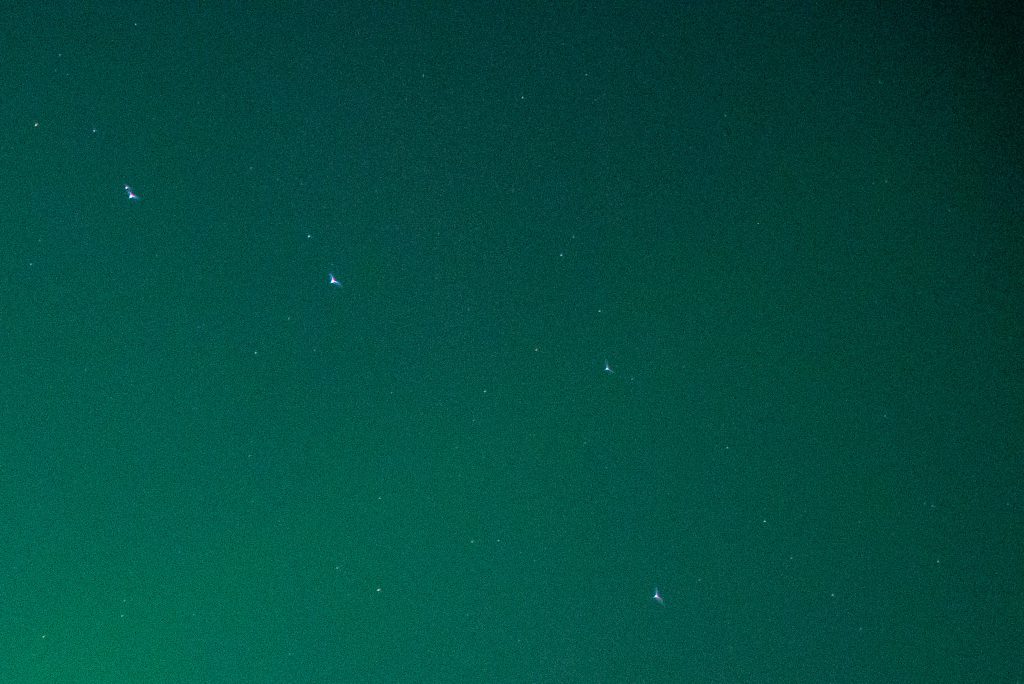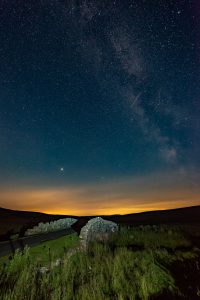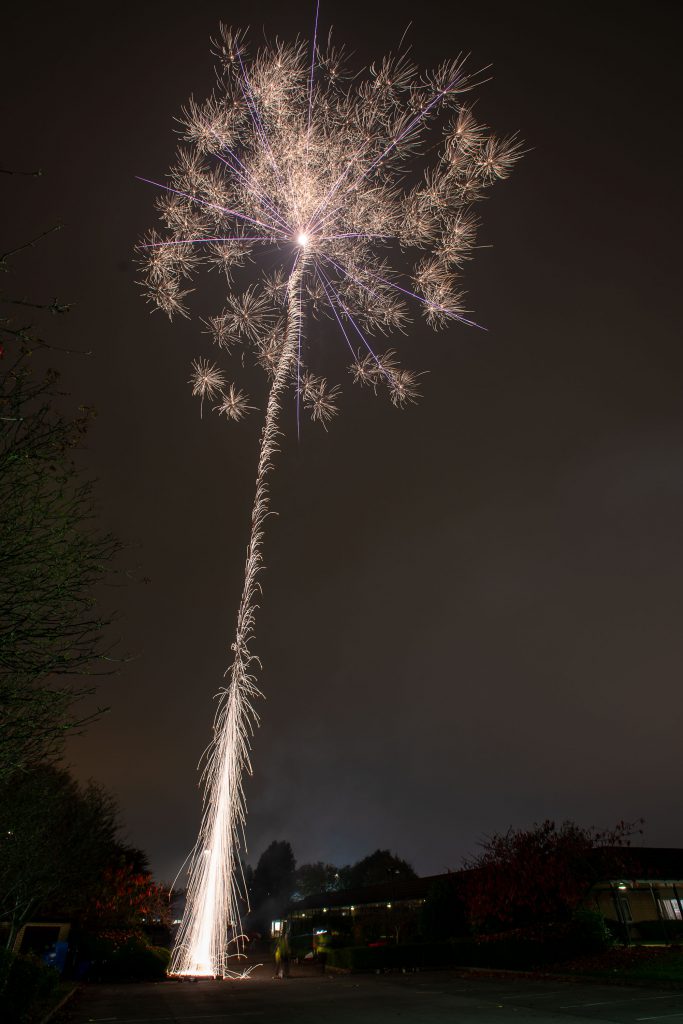Remember when I said I’d done buying lenses?
Yeah 🙁
I noted in my recent Northern Lights post, the issue that I’d had with coma on the classic Nikkor AF 24mm f/2.8 lens, when trying to shoot astrophotography. This started something of a GAS itch, I think.
I suppose in recent years I’ve been spoiled by more modern lenses, where character has given way to sharpness and flare has given way to nanocrystal coatings. Like many other photographers, wooed by camera and lens brands into the unconscious belief that a photographer is “only as good as the equipment he uses”[*], I have pursued sharper and more clinical glass over the years and I’ve experienced and got used to some very good times.
As much as I look back fondly on the old days – I blame this at least partly on the resurgence of film photography, the hipster movement, lomography and social media “nostalgia” filters – perhaps it’s easy to forget that those were also the days of outside toilets and rickets.
It should be noted, however, that in astrophotography, lens defects really can harm an image in very dramatic, obvious and irredeemable ways. Astrophotography (AKA “astro”) is typically highly technical, verging on clinical. Artistic expression in astro is typically to be found in foreground and mid-ground interest. Stars, however, are just about always expected to be tack sharp. And round. Across the entire frame.


For astrophotography, I’ve usually leaned on my manual focus Samyang 14mm f/2.8 over recent years. Despite being quite a budget lens, the Samyang is optically exceptional. For the rest of the time, the Samyang rests on my D3000 IR590 as a 21mm-equivalent, where it performs wonderfully as a general infrared landscape lens. In fact, more to the point, the Samyang is the only lens I possess which focuses accurately with the IR590, and with no discernible centre hotspot – an issue often found with infrared camera/lens combinations.
But heck, it’s a real faff to switch out a lens on the infrared camera, to then move it to the D800 when doing astro. Any logistical error is likely to result in many moments of an exposed mirror box resulting in a dusty sensor. Ugh. I’d prefer to leave the Samyang permanently on the infrared camera and find an alternative astro solution for the D800. And so this is why I decided to buy the 17-35mm!

I’ve barely had a chance to shoot with the 17-35mm yet, but I’m already delighted with it. It’s not optically perfect but so far it seems to be very good. Below is a before/after of an image straight out of the camera, compared with the same image with Adobe lens correction. you can see there’s a difference, but in my opinion it’s not colossal.
[View larger ACR-corrected image]
Like with the 85mm, there are no defects which can’t be resolved easily in post; there’s a little barrel distortion and a smidge of vignetting, but colour fringing is barely present as far as I’ve been able to see so far, and the lens does seem pretty sharp. Bokeh is limited, with it being a 17-35mm zoom, but it’s certainly pleasant enough when it occurs. For astro, I have a feeling that the lens may need to be stopped down a little to ensure sharpness in the corners when shooting at 17mm. In fact, at f/2.8, it may not even perform as well as the Samyang! I’ll reserve judgement until I’ve actually tried astrophotography with it, and see how well it does. At 17mm, I could expose as long as 29 seconds before beginning to drag some star trails (35 seconds with the Samyang 14mm), so I think there’s still plenty of room to stop down the lens a little and get a good shot with reasonably low ISO.
But this lens is not just for astrophotography. I intend to use it for landscape as well. The 2x zoom range, from 17mm to 35mm, is pretty similar to the 12-24mm f/4 DX lens that I had some years ago, but obviously at f/2.8 it’s faster. It will be interesting to dip into my RAW file archive to look for images shot on the 12-24mm, and to do some side-by-side comparisons.







